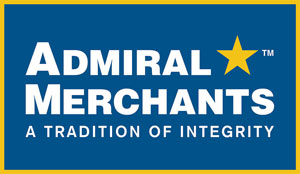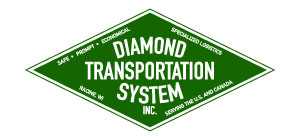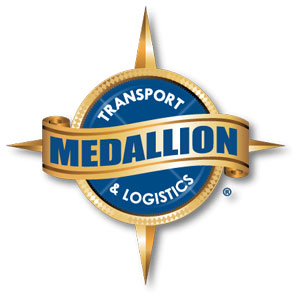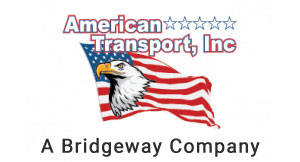What is the Widest Load Allowed on the Highway without a Permit?
For today’s truck drivers, there are all sorts of questions that need to be answered. How wide can a load be without a permit? What’s the maximum load width without a permit? What’s the widest load allowed without a permit? How tall can a load be without a permit?
These are all crucial questions that companies in the pipeline industry, construction industry, companies in the energy sector, and any other business that utilizes heavy equipment will have to answer. Safety regulations will also have to be met. Permits could be needed in each state that the trucker is traveling to.
Escort vehicles, safety flags and banners may also be required. To get started, it is important to know the difference between an oversize load and a wide load. Be sure to read on for further guidance from Osage Specialized Transport as well.
What’s an Oversize Load?
Does the load exceed the legal width, height, and/or length requirements as defined by Canadian provinces and US states? If so, this means that it is oversize. The legal limits in most instances are 8.5 feet of width and 13.5 to 14.5 feet in height. Legal length can vary from state to state but the width tends to be uniform.
The standard highway lane is 12 feet wide, hence the more uniform rules about width. If the load is oversize, permits are required to travel on United States/Canada highways. Meanwhile, a super load of 16 feet or wider will require even more advanced preparation.
What Are the State Requirements for Oversize Loads?
The maximum dimensions will vary depending on the state. Once one legal dimension is exceeded, a permit is required defining the load’s size, weight, destination, origin, and nature. Permit fees are determined by the load’s nature and will depend on the state. These fees start as low as $15 and can reach $70 for the same load, depending on location. There may also be a small application processing fee.
Operators who are frequently traveling with oversize loads can set up a state account that eliminates or reduces future application fees. Permits can be issued for one-time trips, multiple hauls of a similar size, and/or annual permits for similar haul movements (such as manufactured housing).
What’s a Wide Load?
It is a common misconception that wide loads and oversize loads are one and the same. Shipments are filed into the wide load category if they exceed 8.5 feet in height, are longer than 48 feet or weigh over 46,000 pounds. Each state will have its own regulations in this regard.
Some states are more focused on the overall length. Other states will measure the length of the vehicle from kingpin to rear axle. From there, weight restrictions are applied per axle. Depending on the state, the load and the route, other requirements may have to be filled. Lights, signage, and escort vehicles are required for slimmer roadways.
What Are Some Common Examples of Wide or Oversize Loads?
The type of freight that these trucks carry tends to vary. Manufacturing, construction, and agricultural equipment often qualify as wide or oversize loads. Assembly lines, generators, grinders, and conveyors are among the manufacturing products that most commonly qualify. Storage tanks, cranes and bulldozers are among the construction equipment that will need to be escorted more carefully as well.
The same goes for bailers, tractors and harvesters that are used in the agricultural realm. Frames, steel beams and piping can be harder to move as far as construction materials go. Boats, trucks, and mobile homes tend to qualify, too.
What Are the Most Important Considerations When Handling These Loads?
Permits are the primary consideration in these instances. You’ll need to check with each state on your route. Hefty fines and suspensions are levied upon those who do not obtain them, so do not make this mistake. Scheduling restrictions will apply as well, as the roadways are often kept clear for safety reasons. Transport during nights, weekends or holidays could be restricted.
Will a pilot vehicle be needed? Trips may be limited to 30 minutes before sunrise and 30 minutes after sunset. Lights, flags, and banners are also needed. Black and yellow “Oversize Load” or “Wide Load” banners are required in almost every state. At the corner of the oversize or wide load, there should be a square red or orange flag if the load itself is wider than the bed of the truck. Lights are required at the corner of the load if visibility is low, so bear that in mind also.
If you have any further questions about nationwide trucking and logistics, please be sure to contact us at Osage Specialized Transport in Aurora, CO. They will be able to address any thoughts or concerns that you may have, so pick up the phone and give them a call right away!















